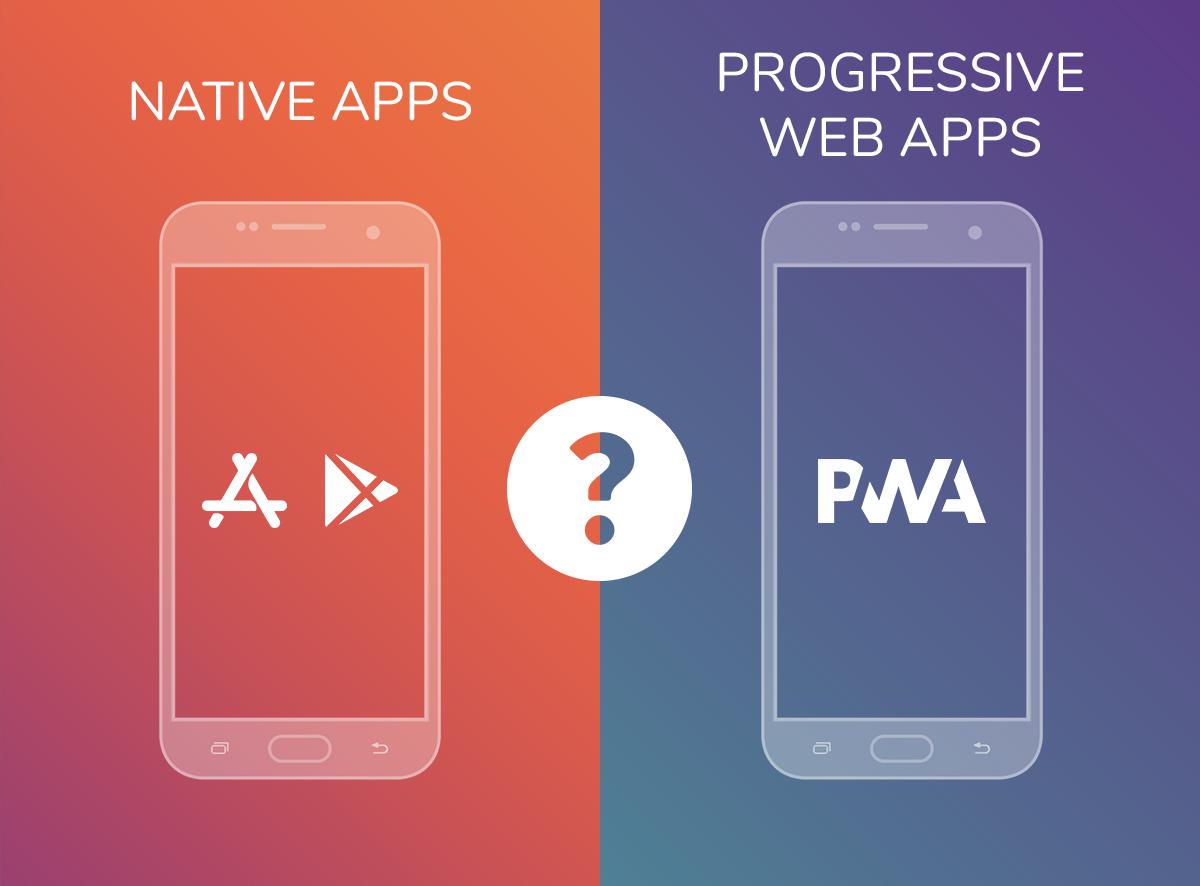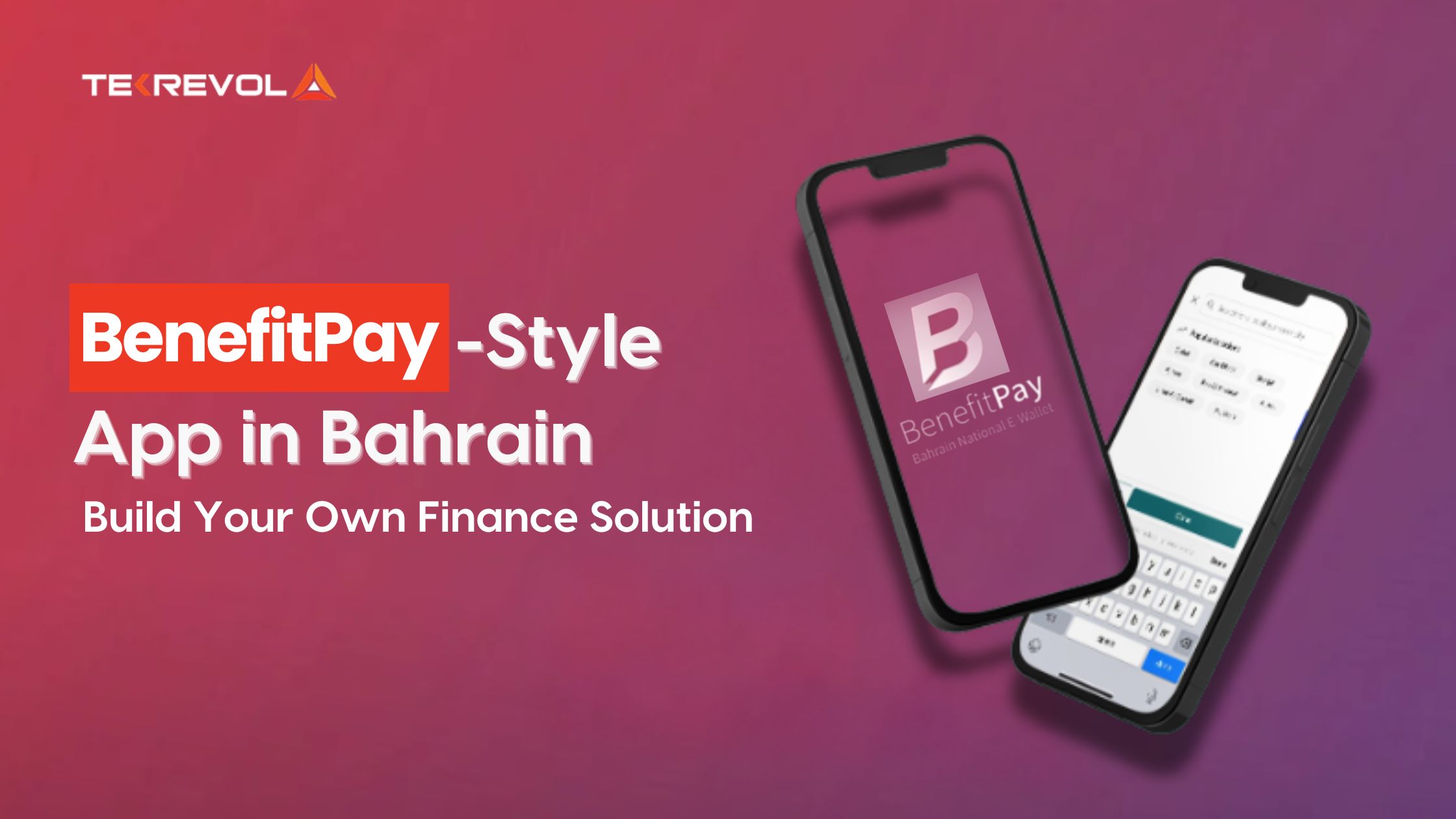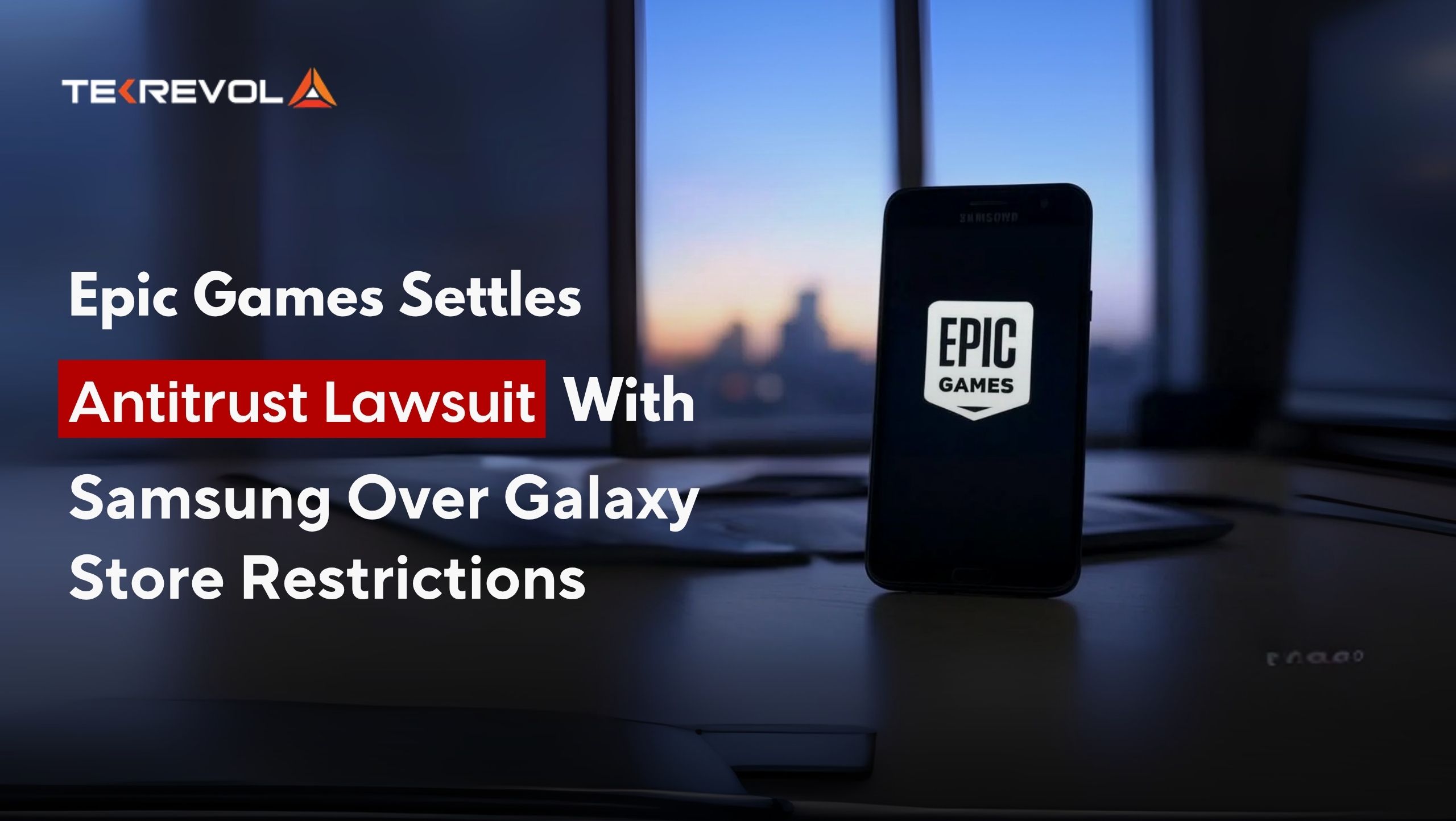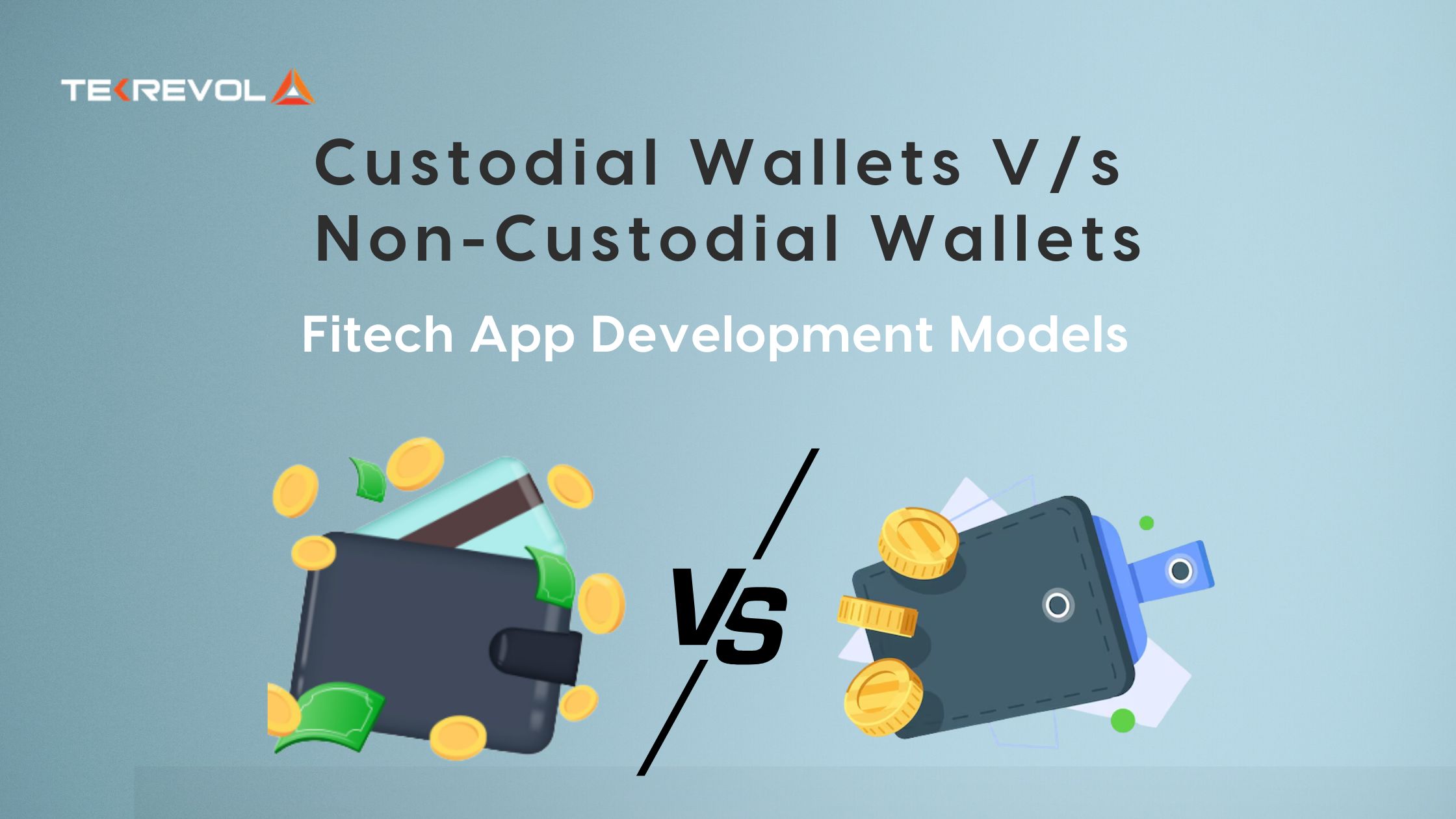In recent years, we’ve witnessed a revolution in the mobile application industry, and this time the change is coming in the form of PWA or Progressive Web Apps.
PWAs basically combines the functionality of a native application with the accessibility of a website and this aspect makes PWAs a unique addition to the mobile application market.
With the rise in the popularity of PWAs, app development companies like Tekrevol are already getting their hands on PWAs to position themselves as early adopter of the technology in the market and start offering PWA development services.
And since people around the globe are interested in learning more about PWAs and whether they will replace native application development or not, we’ve curated this article to answer all of their concerns.
Today, we’ll highlight the differences between PWA Vs Native App and their strengths and weaknesses – starting with a brief overview/comparison of PWA Vs Native applications.
Let’s begin!
- Looking for App Development Service?
What is a Progressive Web App?
Progressive web apps are basically web apps that utilize service workers, web app manifest (JSON file), and other web-platforms functionalities with progressive enhancement to give users a native-like experience.
PWAs use much less storage space on users’ devices as compared to native apps. With PWAs, users even have the choice to save the app onto the home screen of their devices without having to fully download the app.
The technology also gives developers a lot of ways to improve the user experience of the app.
Furthermore, Google describes Progressive Web Apps as “reliable, fast, and engaging.” The tech giant offers a checklist that helps developers to take a baseline PWA, fully optimize it, and turn it into an exemplary PWA.
Lastly, PWAs enable developers to create their apps without needing two separate teams for Android and iOS.
This is one of the reasons, along with performance improvement statistics from Twitter – a 75 percent increase in Tweets sent and a 20 percent decrease in bounce rate – that a large group of developers support this approach.

- Get Your App Now?
What is a native app?
Native applications are software programs developed to be used on specific devices or platforms. Because Native applications are built for particular devices and their operating systems, they have the ability to use the device’s specific hardware and software.
The functions of native apps are fully optimized for their operating system hence, they can effectively utilize the system’s framework and tools. This is also the reason why native apps are built differently for different operating systems and devices.
Moving on, developers can incorporate the unique characteristics of the particular hardware and ensure a personalized experience for the users with respect to their devices.
For instance, a native app for Android can be coded in Java, and an iOS app can be developed using Objective C.
Later, both of the apps developed can be made available for download on App Store and Google Play for iOS and Android.
But before making any decision, you should take a look at our developer’s overview, advantages, and differences of PWA and Native apps.

PWA Vs Native: A Developer’s Overview
Progressive Web Apps (PWAs) have provided another opportunity for developers to improve the quality of their user experience.
Delivering seamless web pages into a users’ browser can enable them to access mobile apps with ease while increasing their engagement and session time.
Let’s Talk About Tinder
It was found that its PWA version of Tinder halved the loading time in comparison to the native app and reduced the size from 30 MB to 2.8 MB.
The online dating app also saw an improvement in the session time with PWA and an increase in engagement in terms of more swipes and messages.
Let’s Talk About Pinterest
Pinterest users spent 40 percent more time on the PWA version of the platform than their mobile website – leading to a 44 percent increase in the core engagement.
However, achieving such feats is never this simple.
A key decision that business leaders or developers have to take today is to learn about the differences between progressive web apps vs. native apps and then make an informed decision about choosing one out of them.
Some developers still prefer building a native app considering the several benefits that Native applications offer that PWAs simply cannot offer at the moment. (More on this later)
And then there are some developers and app development companies who prefer the functionality and scalability of the app that they are developing.
Hence, they’re more inclined towards leveraging the modern ways of developing applications which is also an integral part of future-proofing.
Still, the best approach in our perspective is that app developers, entrepreneurs, and tech leaders should understand the differences between PWAs and Native applications and then decide which one will be perfect depending on project demands or requirements.
This approach would ensure that you’re investing in building digital products that would deliver the best user experience and yield lucrative results.

What are the core differences between PWA Vs Native App?
A progressive web app uses similar technologies used by web apps such as CSS, JavaScript, and HTML. The user experience of progressive web apps is similar to that of a native app.
However, the main difference is that, unlike web apps, PWAs are capable of utilizing several device features like push notifications.
PWA Vs. Native Apps: Which One Should You Choose?
Both PWA and Native have their respective differences i.e., their strengths, advantages, and disadvantages.
Therefore, when choosing between the two, it is recommended to go through each of the aspects that both technologies excel in.
Here are some of the situations in which you should consider one of the two applications, PWA Vs. Native:
PWA is best if:
- You want to build a simple app for your users that require no download and lets the user interact with the application through push notification.
- You’re on a tight budget and running late on schedule. PWAs cost significantly less than Native and require minimal time to get developed.
- PWA is similar to a website that enables businesses to reach a wider audience hence if improving SEO is your game then go for PWA.
Native App is best if:
- You want to build a brand by releasing an end-to-end mobile application for your users that have more security options and can be downloaded from the stores.
- You want to leverage advanced features of a smartphone such as geofencing, sensor detection because your product demands great computing capabilities.

Advantages of a Native App
-
Smooth interaction with other native apps
One of the significant benefits of building a native iOS or Android app is that they allow smoother and more natural interaction with other native apps.
For example, a developer may choose to create a native app if they want the app to seamlessly connect with Facebook.
-
App monetization
A native app and easily integrate with the payment process of a user’s app store, making it easy to purchase and sign up for subscriptions.
Whereas, if you want to build a monetization system in a PWA, you will need to integrate your payment system at the time of mobile app development.
However, the increase in engagement and longer session times may balance out this lacking of PWAs.
The above-mentioned Tinder’s Performance Case Study shows that purchases on the web version were on par with the company’s native app.
-
Tools and frameworks
With your native app development, you use a range of technical means according to the respective operating system.
On the other hand, building PWA doesn’t include the same variety of simplified tools and streamlined app development processes, as they are not built on one platform.
-
Visibility on App store
According to a mobile app usage survey by GoodFirms, 60.08 percent of users find out about new apps by browsing on the app store.
Even though you can publish both native apps and PWAs on the App Store, the process for a PWA is not as simple as a native app.
For a PWA, you will have to write a native wrapper, which includes your app’s native iOS capabilities.
Moreover, you are also required to provide valid evidence of being a legal, registered business.
If you want to learn more about these limitations and processes in detail read this article.
That said, with quickly established visibility on the app store, building a native app allows you to focus more on App Store Optimization and Apple Search Ads to further improve your app presence.
This is a cost-effective way to acquire more targeted, high-value users and enhance visibility for users who have shown interest in similar services as your app.
-
App security
Native app development makes it easier to integrate dynamic security features like two-factor authentication, as the app has all the necessary device information available.
Whereas native apps can use TLS certificates and ensure high-security standards are met, PWAs require their security certifications.
-
Battery consumption
Efficient battery consumption is not possible with PWAs, as they are not written in native hardware language.
This may be the reason why some users reduce their frequency of activity on a PWA, and you can avoid this problem with native app development.

Advantages of a Progressive Web App
Even though native apps are still primarily used around the globe, and many developers opt for it, there are different ways in which PWAs outperform native apps.
-
Loading speed
As mentioned earlier, PWAs use service workers for caching, managing requests, and the storage of shell data.
Hence, this means the app shell for PWA will load faster than a native app even when a user is not connected to the internet, and the loading speed will be faster.
However, they will have to reconnect to the internet to access new information on the app.
Leading speed has a significant impact on user retention and engagement, which is why this is a critical benefit when it comes to deciding between progressive web apps vs. native apps.
-
User experience
You can offer users a unified user experience with PWAs by delivering the same interface on the browser and the app installed on their smartphones.
This means users don’t have to learn more than one app interface, which often is a frustrating experience when they use the mobile web and native versions of the app.
Downloading a native app requires more storage space on the user’s device. Hence, a lot of users with limited storage space prefer using the PWA version.
PWAs allow users the complete app functionality without having to worry about storage space or a long and annoying downloading process.
-
App developing cost
The development of a progressive web app that seamlessly functions on multiple platforms and operating systems makes it a cost-effective choice that drastically reduces your workload. Furthermore, building custom native apps for iOS and Android will require you to invest more time and resources to incorporate new features and regular updates according to the operating system.
-
Indexed by Google
PWAs are more like index-able websites, with a live URL, that can be indexed by Google and easily shared.
The pages or screens and content on PWAs are visible to search engine crawlers and accessible for all connected devices.
PWAs are made up of app-imitating web pages, which means users can find them on the app stores and search engines, giving them overall excellent visibility.
You can use SEO practices to reach more targeted users and make it easy for users to share the URL, increasing the opportunities for organic visibility and user engagement.
- Book Our Services Now
Why Companies Are Reconsidering App Development Strategies
As 2025 is on its mid way, businesses coming from different sectors are changing to a more strategic mobile app development approach. As changing user behavior, shrinking budgets, and accelerated time-to-market demands have emerged, decision-makers are shifting away from the old “one-size-fits-all” approach.
With PWAs on the other hand is enhancing the desirable idea for startup companies that are trying to grow their online visibility without losing any threat of managing codes for both platforms. Their minimal maintenance needs, cross-platform compatibility, and staggering performance improvements in newer frameworks such as Angular and React make them all the more desirable.
Meanwhile, Native Apps remain prevalent in areas where performance, security, and integration at the device level are essential — including health tech, fintech, and AR/VR applications. Native app development is also more adaptive and resilient following the widespread acceptance of Kotlin Multiplatform and SwiftUI during 2025, as it lessens the traditional chore of having to deal with two different codebases.
Therefore, the strategy for development in 2025 is less about one vs. the other — and more about aligning business objectives, user personas, and product vision with technology.
Will PWAs replace native apps?
Moving forward, native apps will continue to grow and evolve in terms of variety and functionality, mainly because the connected devices they run on are adding new features, enhancements and improving processing power.
Hence, native apps often have a little edge over PWAs at first when it comes to capabilities.
However, the gap between native apps and progressive web apps is continuously decreasing, as the PWAs are becoming a standard practice for developers.
Looking at the journey of native apps and PWAs, it is likely that the apps we will use in the future will be a mix of native software and web-based technologies such as PWAs – to leverage the unique benefits that both offer to users and developers.

 4710 Views
4710 Views April 16, 2025
April 16, 2025









